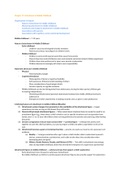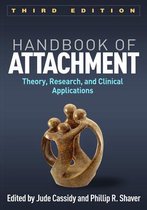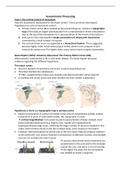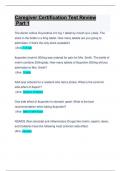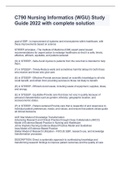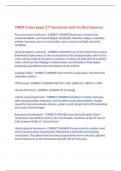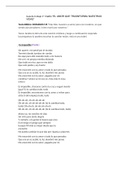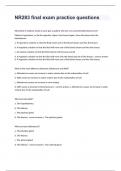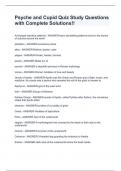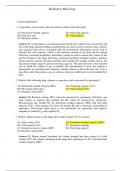Samenvatting
Summary Attachment Handbook Chapter 17: Attachment in Middle Childhood
- Instelling
- Universiteit Leiden (UL)
Organisation of chapter: - Nature of attachment in middle childhood - Measuring attachment in middle childhood - Continuity and change in attachment in middle childhood - Associations with parents - Associations with cognitive, social, emotional development
[Meer zien]
